Lejonklou Sagatun and Tundra mono and stereo pre- and power amps
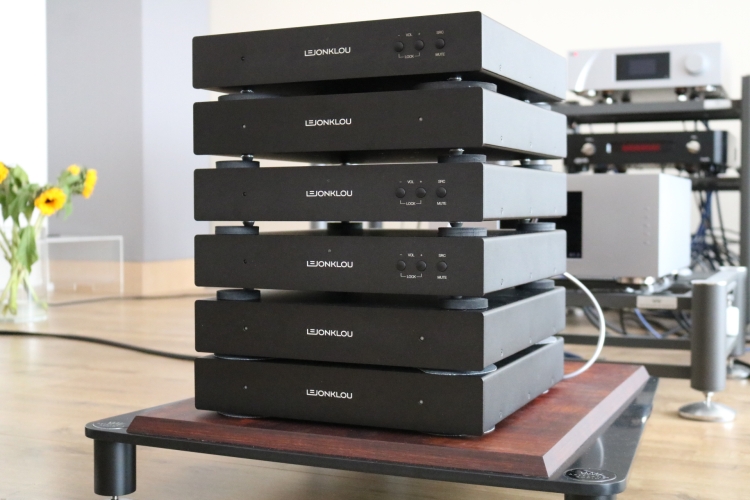
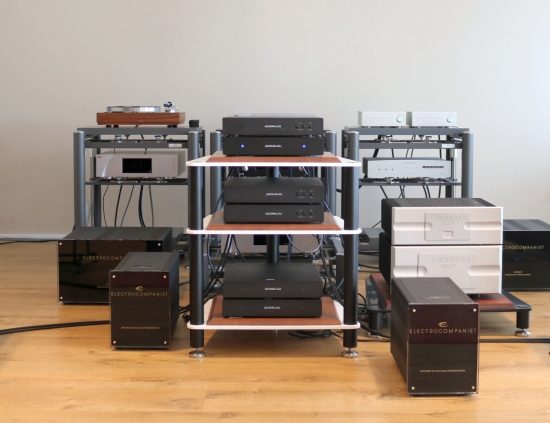
Amp comparisons
Although I had four different power amps from Bryston and Electrocompaniet available for comparison, I left the bigger ones out of the equation simply because they are incomparably different and much more powerful bridged designs. The Bryston 4B Cubed provides an interesting alternative perspective. Smooth and relaxed and not at all cold or clinical, the 4B did not deliver the Lejonklou’s resolution or its subtle finesse and fluidity but, as expected, it was considerably more powerful in the bass and more concrete and very energetic overall. I quite like the Bryston’s neutral and vivid presentation but after having listened to the Lejonklou Tundra for a week or two now also found that I was missing a certain “je ne sais quoi”. Maybe it’s the utter nuance and harmoniously perfectly balanced delivery of the Lejonklou’s that makes it very easy to connect with the music emotionally, but in any event, there’s something special going on. However, even if less dreamy and more straightforward, I find that the Bryston’s solid and dynamic delivery also trigger an emotional response in me, just a different one at that. They get me in a party mode. What can I say? Humans are complicated in the way that they respond to music. Something similar happened with the Electrocompaniet AW180’s which are less smooth and refined than the Brystons and quite matter of fact, when matched with the Paradigms but have a certain communicative quality in the midrange especially with the Grahams that makes them a very exciting listen. What it basically comes down to is that the Lejonklou’s excel at making gentle and nuanced music come across captivatingly beautifully while Brystons and Electrocompaniets excel more at creating a “live” atmosphere and are better for harder-hitting rhythmically-oriented music. Another way of putting this is to say that the Lejonklou’s are more dreamy and ethereal and the Brystons and Electrocompaniets are more earthy. Naturally, there is a lot more to say about this but this is what it basically comes down to. For more detailed descriptions please refer to the Electrocompaniet review. In conclusion, I find all these deliveries to have their respective quality and I’m just glad that such different options exist. After all, there is no pleasing everyone and a lot depends on the combination that is made, so much is clear.
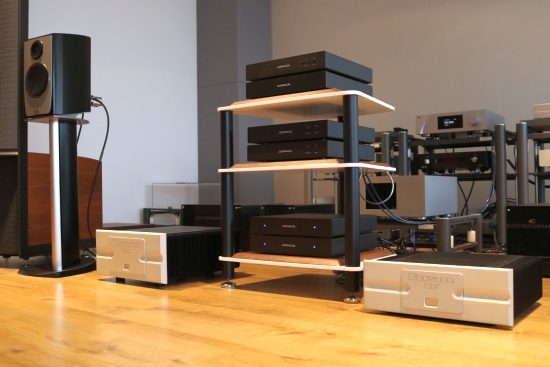
From stereo to mono preamp
This brings us finally to the top of the Lejonklou Liga, where the components double up and each unit takes care of a single channel to comprise a no-compromise version. Indeed: not only the power amp can be doubled but also the preamp. Don’t worry, the latter has its two independent channels linked via an optical cable so that you only have to operate one and not carry out each setting twice. And when using the remote control, both respond perfectly simultaneously. The difference between the Sagantun stereo and mono preamps is not one of the internal component quality or even the circuit design. The actual difference between the stereo and mono models is that even better performance is possible due to the separation of channels and their respective ground planes and of course the power supplies which have been further tweaked to precisely match the single channels.
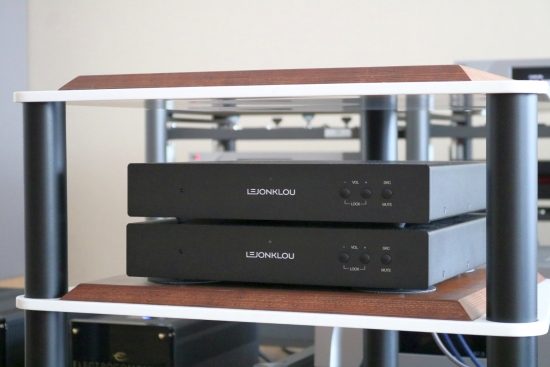
Above: Sagatun mono preamp
Going from the stereo Sagatun to the mono version makes for a slightly darker and calmer sound that’s subjectively less propulsive but the less hurried delivery also provides more room for subtle reverbs to decay more fully and more clearly. I also note a slightly more solid bass and lower midrange and the soundstage is a little less forward but also wider allowing vocals to be more freely positioned between the speakers. The overall change seems relatively minor at first but when going back to the stereo preamp after hearing a few songs it becomes more obvious that the mono version really does add some subtle but worthwhile differences. Overall, however, I feel that the decision between the two comes down more to taste than to absolute quality. The stereo version is a little snappier and more prominent in the midrange which I personally find quite attractive. Conversely, the mono version’s subtler presentation might be preferable especially if the system’s current sound tends to be bright or forward or if one simply prefers the sound to be as nuanced as possible.
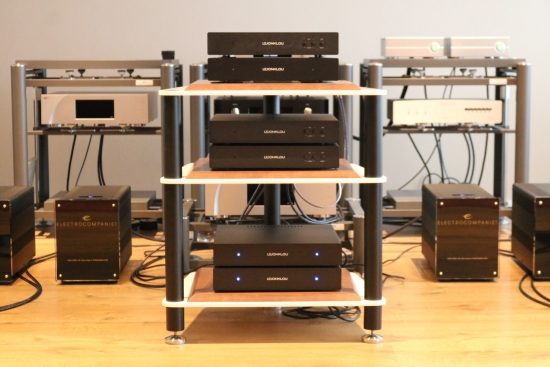
From stereo to mono power amps
The amplifier’s power supplies are of the same type as in the stereo model, but in Tundra Mono they only have one channel to drive. Although the output stage is identical, the driver stage is much more powerful, allowing the mono amplifiers to sound more forceful without paying a penalty in terms of fluidity and the amp’s lyrical abilities. Fredrik did experiment with more output devices but while they did make the amps sound more powerful, inevitably they decreased the musicality so that was a no-go. Instead of the single copper piece heatsink in the stereo Tundra amp, the mono amp uses two pieces of copper, between which the output transistors are clamped. The pressure is set with a leaf spring arrangement that keeps it constant during the variations in temperature. There are a couple of other tweaks and changes, but overall, the mono amplifiers are very similar to the stereo version.
Just like with the preamp, the sound delivered by the Tundra mono’s is slightly more sonorous and the soundstage a little wider than with the stereo amp. Overall, the sound is slightly more energetic and more assured. Whereas the change from stereo to mono preamps is subtle, the change from stereo to mono power amps is more obvious. Of course, with 40 watts into 8 ohms compared to 24 watts for the stereo version, the mono models offer more power which is a clear benefit.
The Paradigm speakers are not very hard to drive, and here, there was not really a perceptible difference in terms of power. But when more difficult speakers are used, the case for the mono amps becomes ever stronger. For instance, with the Graham Audio LS5/8 monsters, the mono amps provided not only the aforementioned improvements but their separate power supplies evidently also provided better control over the bass units, resulting in tighter, better-articulated bass which is especially noticeable with very compressed or crowded mixes.
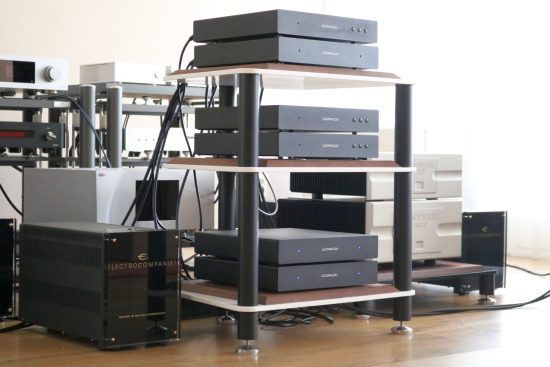
Conclusion
Lejonklou as a brand was entirely invisible to me until this review and I’m glad that I did get around to hearing these remarkable components. Forget the dogmas about switching power supplies and lightweight materials, because what these components achieve is something very special. Smooth, fluid, transparent and extremely finely detailed, they relay music with a degree of finesse and lyricism that is rare in generic and in this price class in particular. They thread a very fine line between unforced smoothness and PRaT and while the power amps won’t match entirely ideally with every speaker on the planet, they never fail to deliver the musical message. The Sagatun preamp, in particular, surprised me to such an extent that I asked Marco if it could stay a little longer to be used with a range of other reviews. Such is its musical finesse and transparency that it absolutely never becomes an obstacle when reviewing other components. It worked superbly in literally any combination that I tried and it did not matter if the speakers were very relaxed like the Grahams, inherently full and rich like the Kromas or super-clean and transparent like the Paradigms. In case it wasn’t clear: I like the Lejonklou components a lot and unreservedly recommend them.

(Sagatun Stereo and Tundra Stereo)
External Links
Distributor for the Benelux, UK, and Germany: hexagonaudio
Manufacturer’s website: Lejonklou
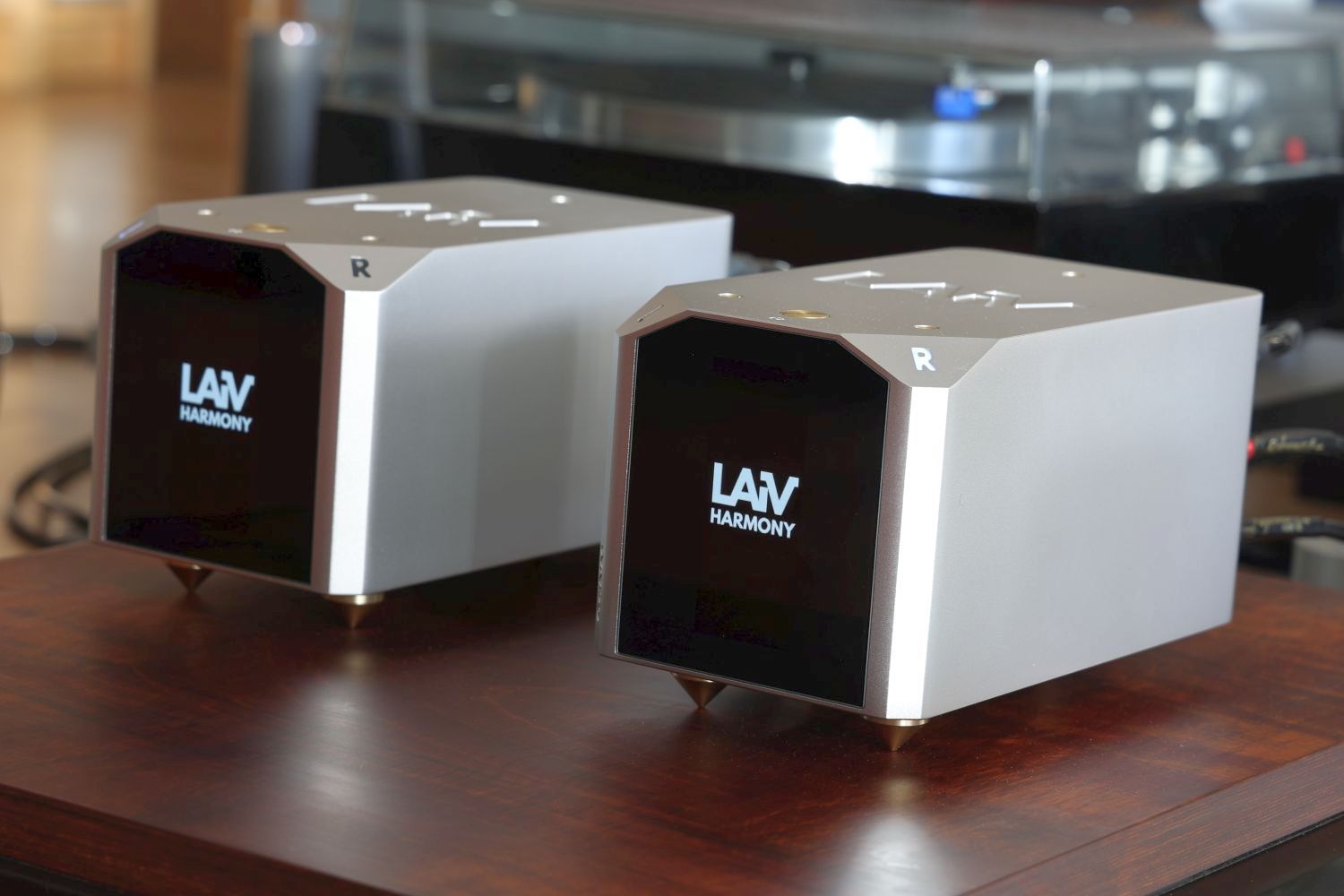
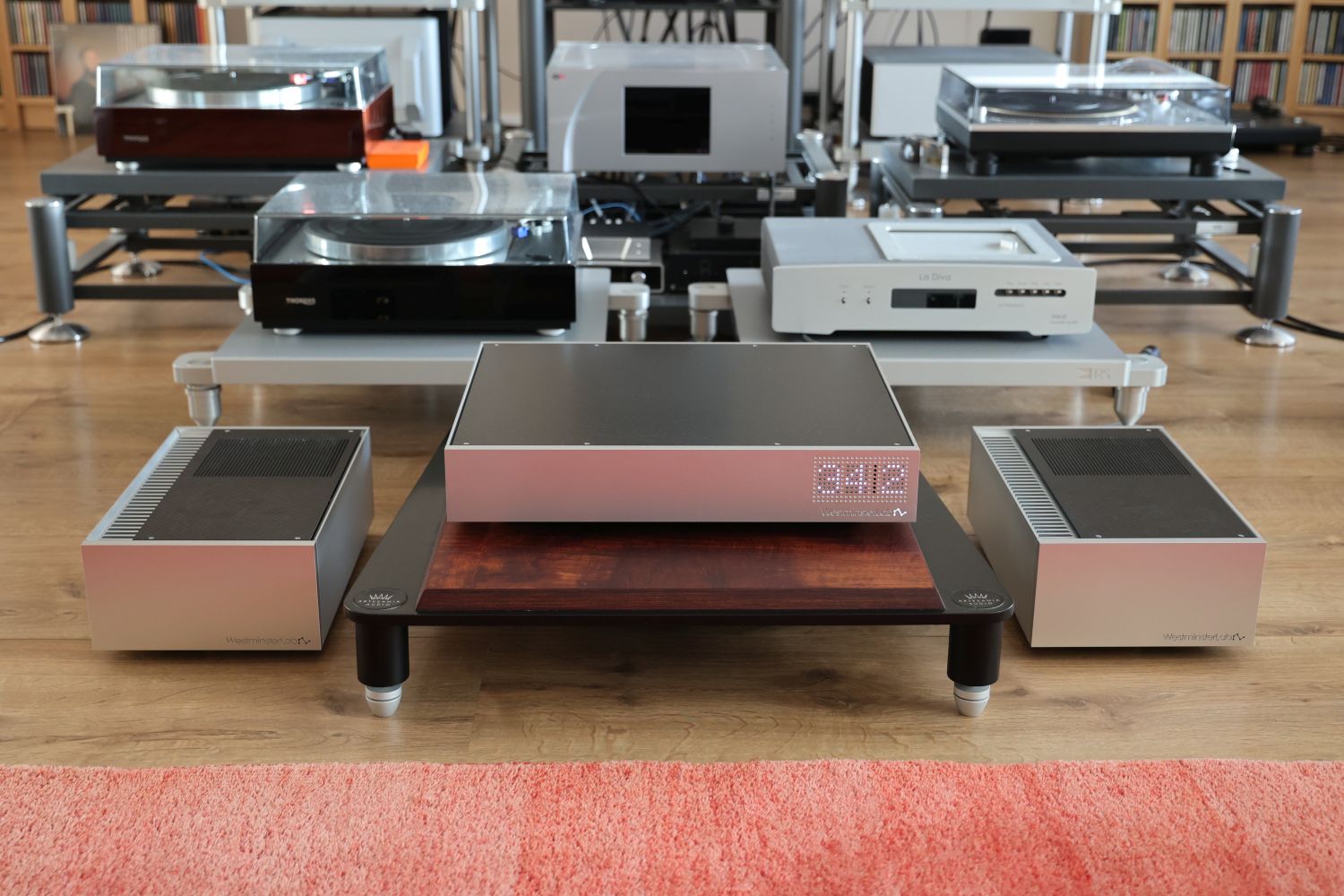
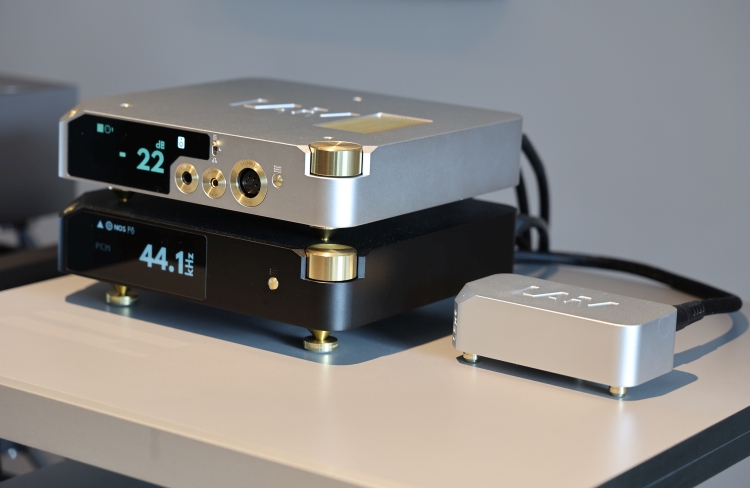
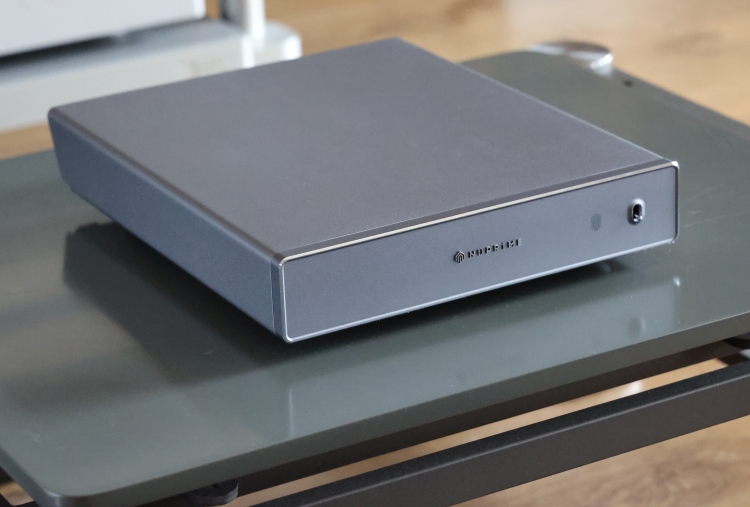
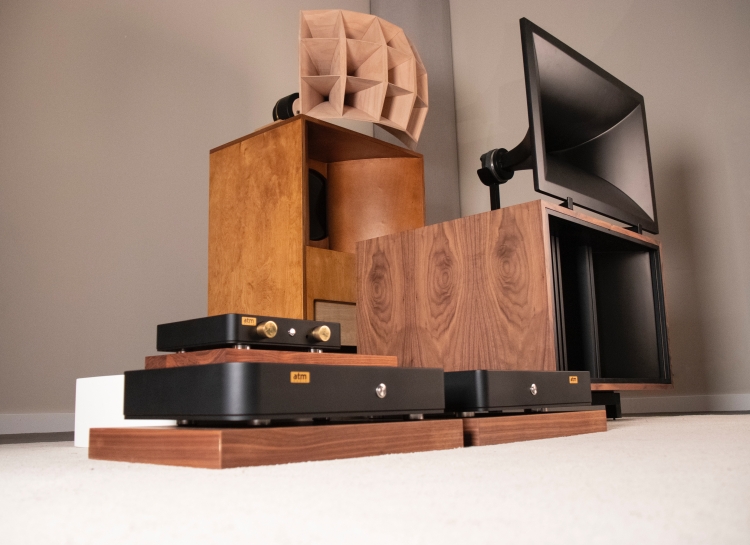
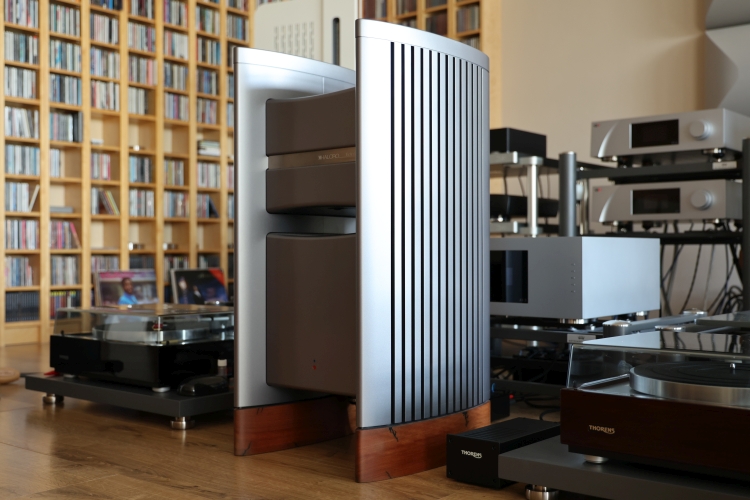
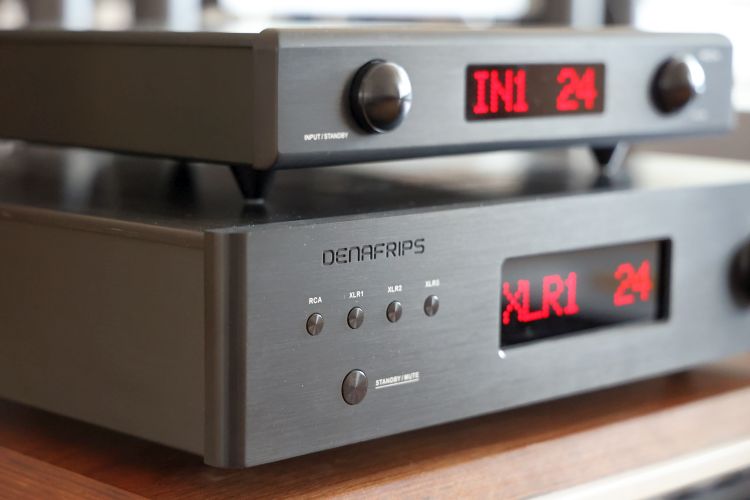
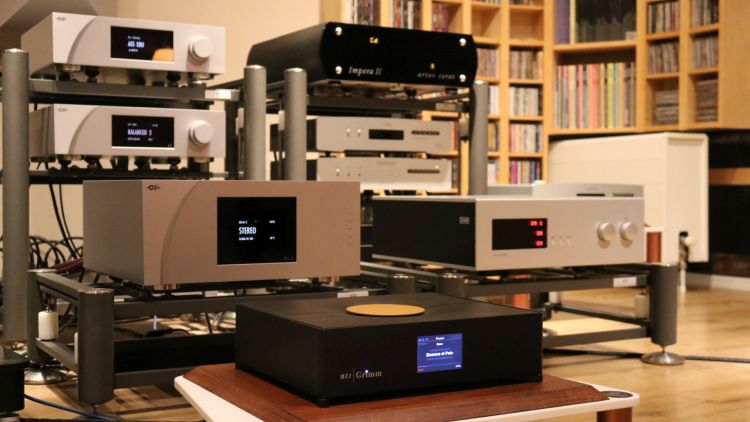
Great review. Based on their price point it would be interesting comparing the Lejonklou Tundra stereo vs. the Nuprime ST-10 and the Lejonklou Slipsik 7 vs. the SW1X LPU 1.
Hi Ilan, you’re totally right. Alas, a comparison can no longer be done but I can tell you that the NuPrime sounds 100% different from the Tundra. These are polar opposites. Where the Tundra is sweet, refined and ultra-gentle, the ST-10 is rough, bold and sonorous. Each amp does have its specific strong points, though, so it depends on the application which is considered best.
Excellent review. Really conveyed what we as potential buyers can expect from these components.